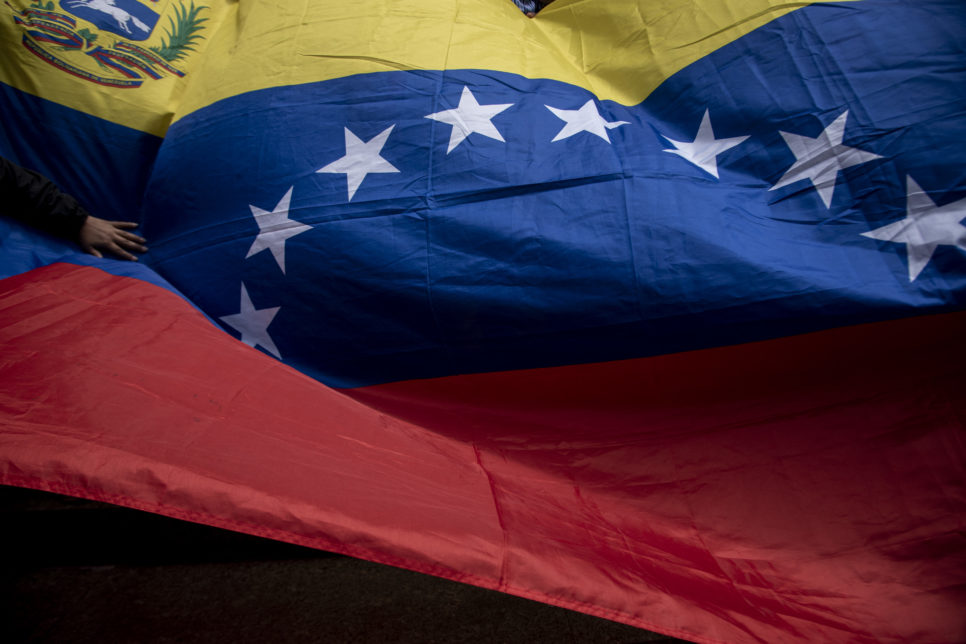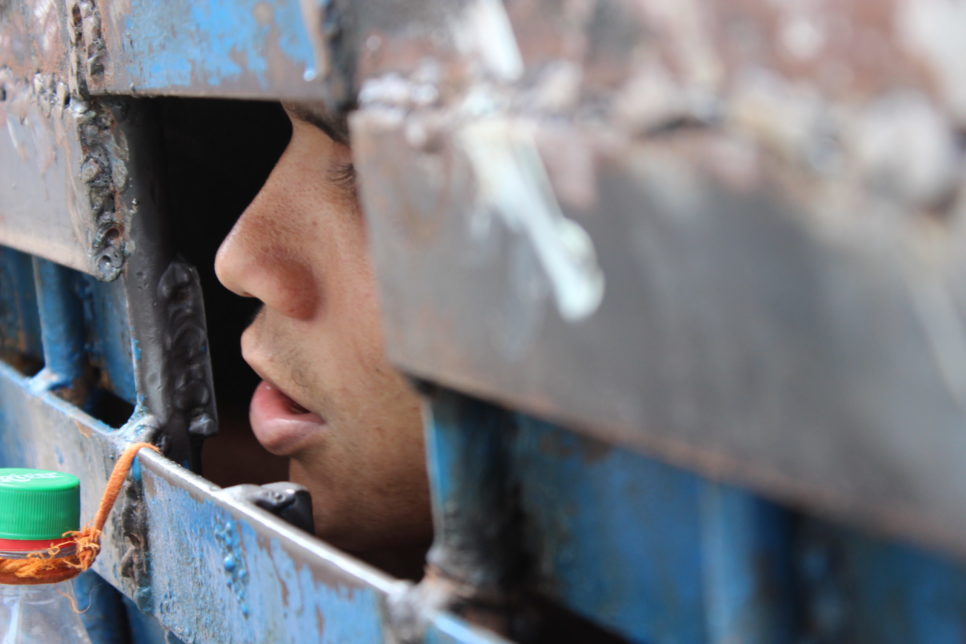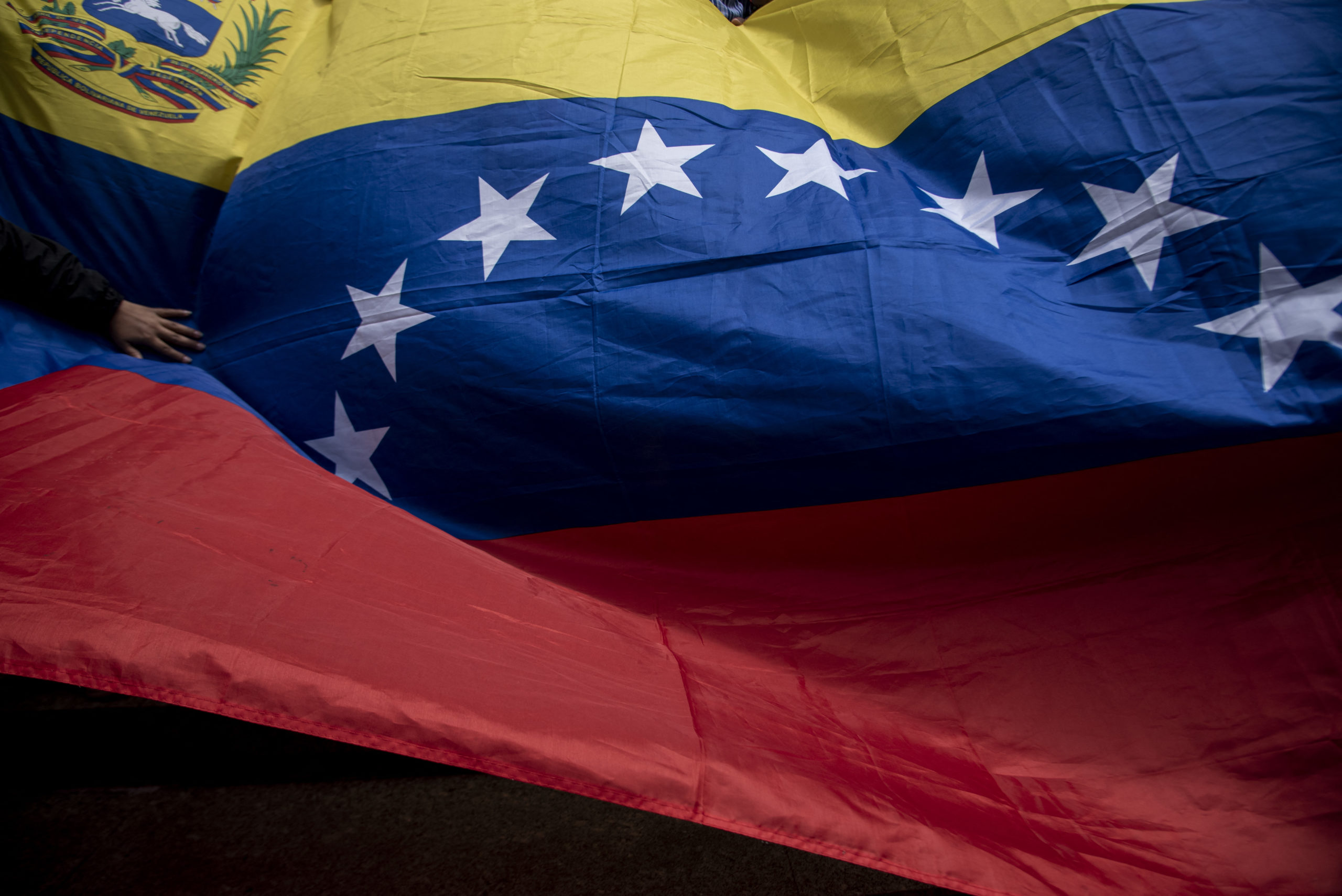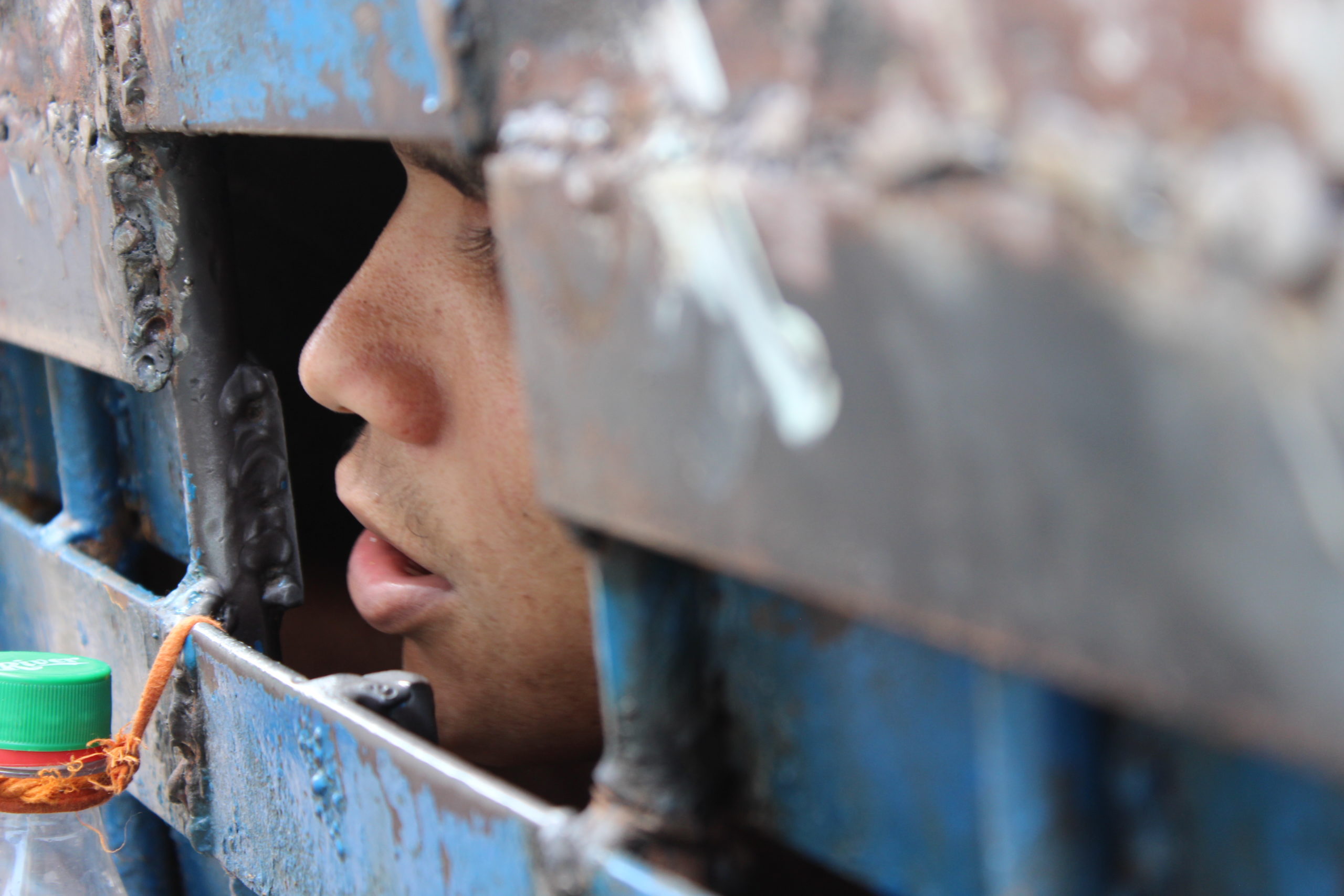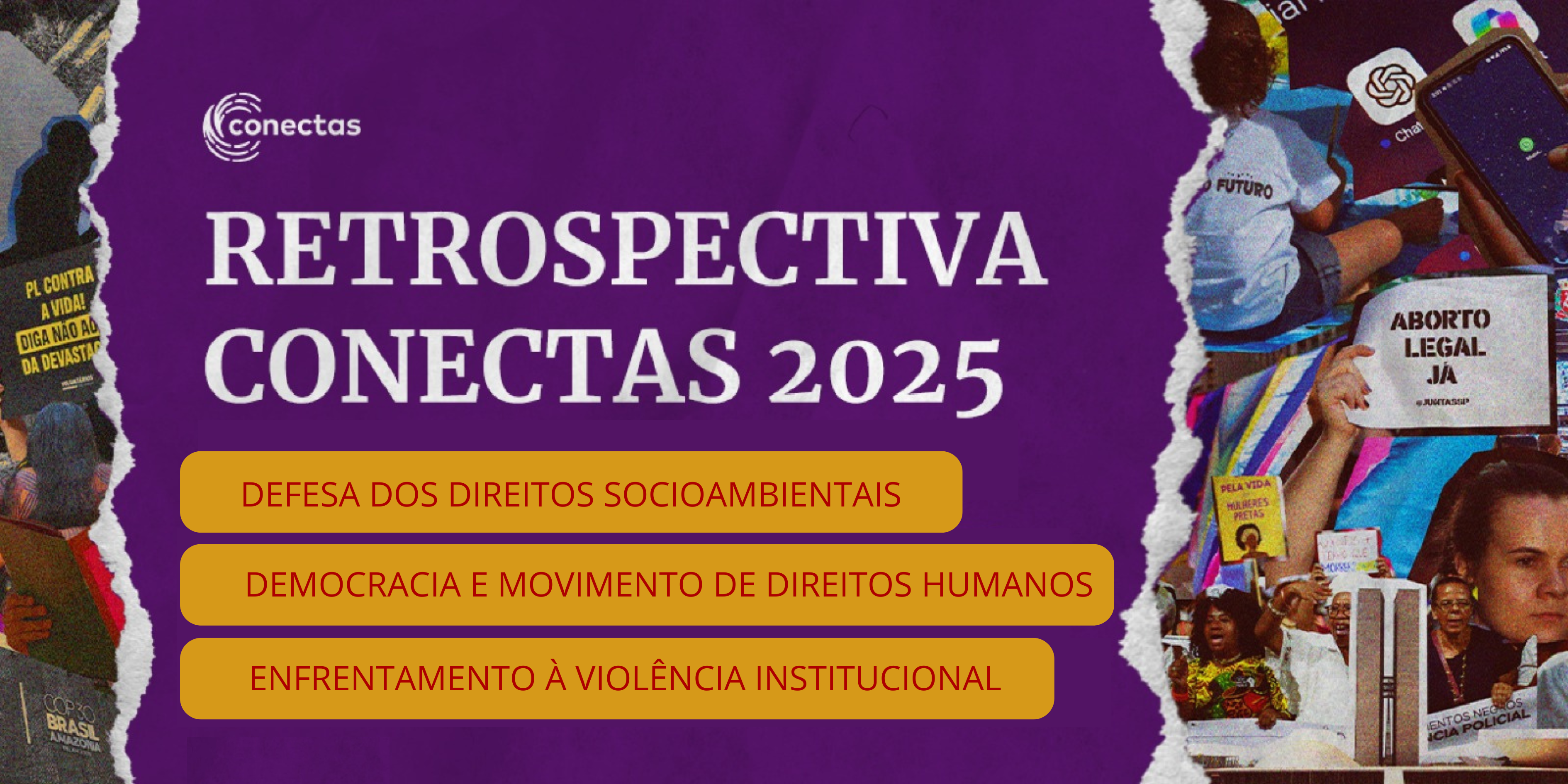The challenge of researching torture
Conectas answers most common questions about the methodology and conclusions of the study “Shielded Torture”

“Shielded Torture” is the result of field work conducted by Conectas in two stages – between July and December 2015 (observation period) and from December 2015 to May 2016 (monitoring period). The data collection consisted of a close observation of not just the formal procedures of the hearings, but also aspects not included in the video footage and the documents, such as the interactions between judges, prosecutors and public defenders before and after the sessions, the posture of police officers and detainees, and the environment where the hearings took place.
We list below 8 questions and answers about the methodology used in the analysis of the data and the main conclusions of the study:
1. What is the definition of torture and mistreatment used in the research?
Read more
The definition used for the preparation of this report reflects national legislation, but also the international conventions and treaties ratified by Brazil (see the timeline here). In general, we incorporated all types of physical or psychological violence, including slaps, punches, kicks, stamping, pepper spray, choking, death threats and sexual threats.
2. How many cases did the research analyze and what criteria were used for the selection?
The research identified and tabulated 393 cases in which the person arrested presented some sign of violence. As signs of violence we considered: 1) physical marks observed by the field staff, such as recent injuries, difficulty walking and torn or blood-stained clothes; 2) the testimony of the detainees during the hearing or in the interview beforehand with the public defender; 3) the testimony of third parties who witnessed the aggression; 4) when the hearing is held without the presence of the detainee – a situation known as a ghost hearing, which occurs when the person is hospitalized due to the seriousness of the injuries sustained during the arrest.
3. Did all the detainees report violence at the hearings?
No, the detainees did not always want to categorically tell the judge that they had been a victim of aggression, even when they showed marks of aggression. Of the 393 cases, in 363 a report was made during the hearing, in three the person arrested was not present – called a ghost hearing (read more here), and in 27 they preferred not to comment on the violence. At least 12 detainees refused to report their episodes of torture and mistreatment to the judge even after having mentioned them to the public defender in the interview that takes places before the hearing.
4. Does the research present the overall profile of the people who receive custody hearings in São Paulo?
No, the goal of the research was to analyze the conduct of the institutions of the justice system when faced with suspicions of torture and mistreatment. The criterion for including cases in the sample was this: the existence of physical signs or reports of violence at the time of arrest.
5. Does the research present the overall profile of the victims of torture in Brazil?
No, the study presents information on the victims of violence who are included in the sample, but it is not a census survey, so its intention was not to represent all the people who suffered from torture in São Paulo during the period analyzed. Therefore, it cannot be said that the profile of the detainees presented here is necessarily the same as the profile of all victims of torture either in the state of São Paulo or in Brazil. The study may identify trends or particularly vulnerable groups, but the confirmation of this hypothesis requires additional research.
6. Why does the research claim that the institutions of the justice system perpetuate torture and mistreatment?
“Shielded Torture” presents data to show that the bodies of the justice system, in particular the Public Prosecutor’s Office and the Judges, are negligent when it comes to reports of violence made by the detainees, on some occasions going so far as to discredit their testimonies or to justify the aggression. Therefore, these institutions undermine one of the main goals of the custody hearings, which is precisely to combat and prevent torture and mistreatment. As far as Conectas is concerned, acting like this perpetuates violence.
7. Did the institutions of the justice system know the research was being conducted?
Yes, the judges and representatives of the Public Prosecutor’s Office, Public Defender’s Office and Forensic Medical Institute were aware of the study. It is impossible to tell, however, whether this knowledge altered their conduct during the hearings we observed.
8. What will Conectas do with the conclusions of the research?
Given the conclusion that members of the justice system breach national and international rules and provisions on the combat and prevention of torture and mistreatment, Conectas submitted representations to the Internal Affairs Office of the São Paulo State Court, the Office of the State Attorney General and the Higher Council of the State Public Defender’s Office calling for an examination of the conduct presented by the research and the creation of protocols to guarantee the effectiveness of these hearings in combating police violence (click here to learn more about the complaints).
